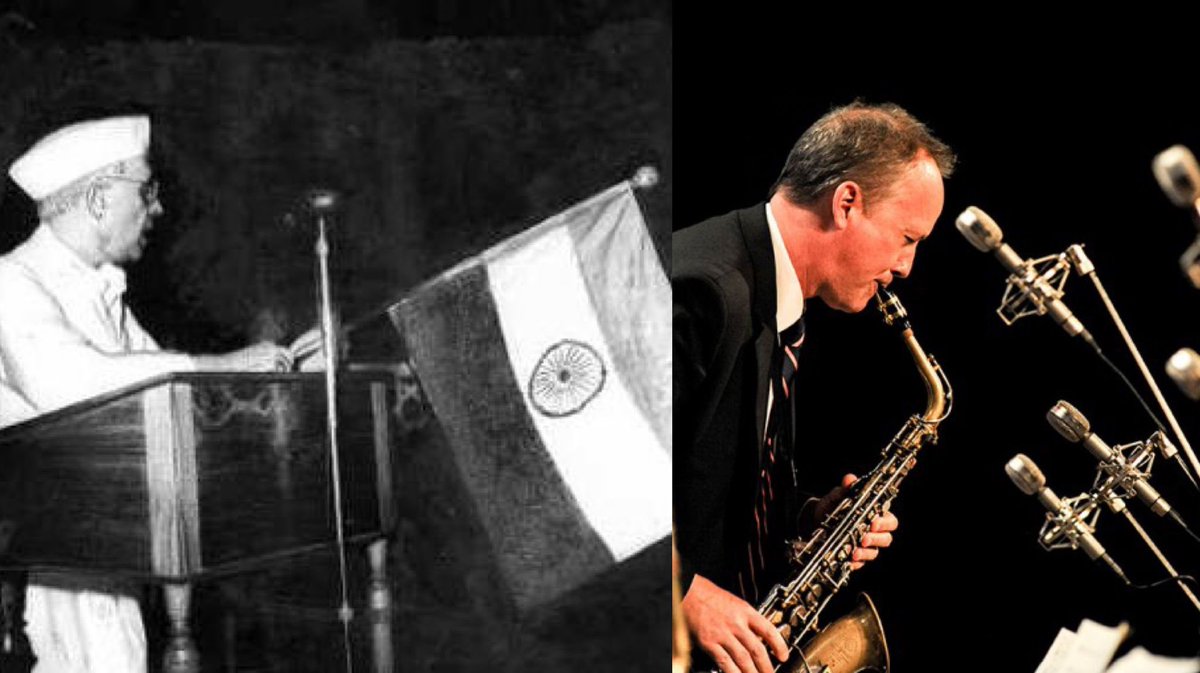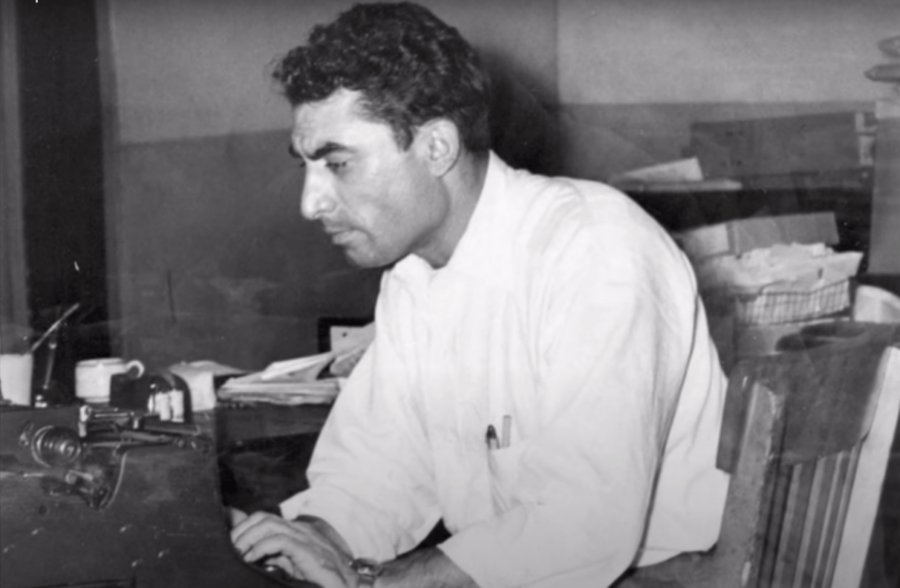
"The woman who changed the law"
Cornelia Sorabji was the 1st female graduate of the Bombay University & the 1st female Law student at Oxford University. Among her sponsors for her study at Oxford was Florence Nightingale (1/10)
Cornelia Sorabji was the 1st female graduate of the Bombay University & the 1st female Law student at Oxford University. Among her sponsors for her study at Oxford was Florence Nightingale (1/10)

After returning to India, Cornelia Sorabji became well known for social & advisory work on behalf of "purdanasheens" - women who were forbidden to communicate with unrelated males (2/10)
Despite her degree, she was unable to defend her clients in court as the Indian Legal System back then didn't recognise her since she was a woman. To redress this, she appeared for LLB examination from Bombay University in 1897 (3/10)
This was followed by Pleaders' Examination from Allahabad University in 1899. She became thus the 1st female advocate in India. Yet it made little difference as the system continued to deny her deserved stature (4/10)
Cornelia Sorabji fought hard for her rights. She received special permission to file pleas on behalf of her "purdanasheen" clients before the British agents of Kathiawar & Indore principalities (5/10)
Sorabji began petitioning the India Office as early as 1902 to provide for a female legal advisor to represent women and minors in provincial courts & in 1904, she was appointed Lady Assistant to the Court of Wards of Bengal (6/10)
By 1907, she was handling this responsibility for Bengal, Bihar, Orissa & Assam. In the next 20 years of service, it is estimated that Sorabji helped over 600 women and orphans fight legal battles, sometimes at no charge (7/10)
In 1923, the rules were finally changed to allow female barristers to practice & Cornelia Sorabji earned her much delayed recognition. She started practicing in Calcutta (8/10)
She retired from practice in 1929 & settled in London. In addition to her legal & social work, Cornelia Sorabji was also a prolific writer who penned a number of books, articles & short stories, including her autobiography (9/10)
This remarkable lady who broke down a veritable glass ceiling was born #OTD in 1866 (10/10)
• • •
Missing some Tweet in this thread? You can try to
force a refresh









